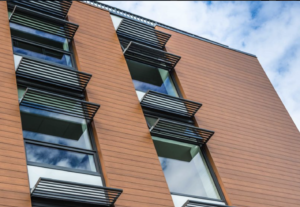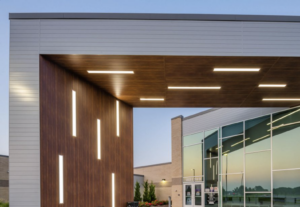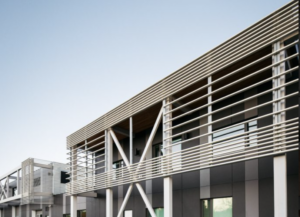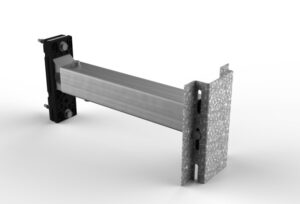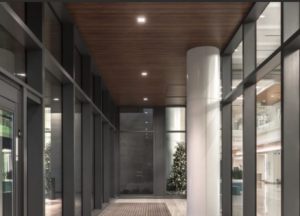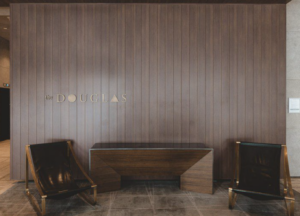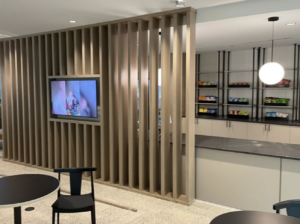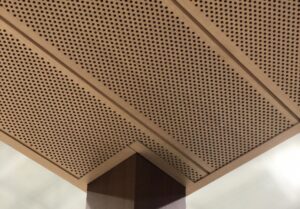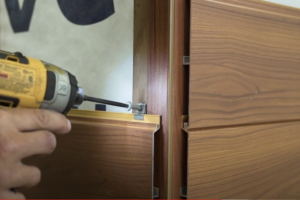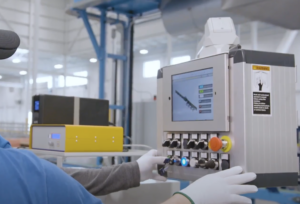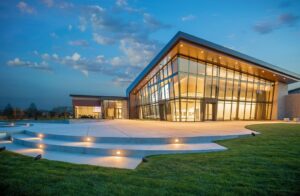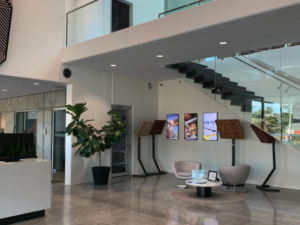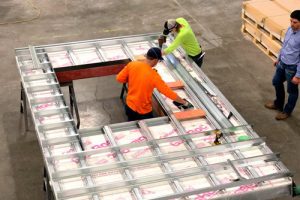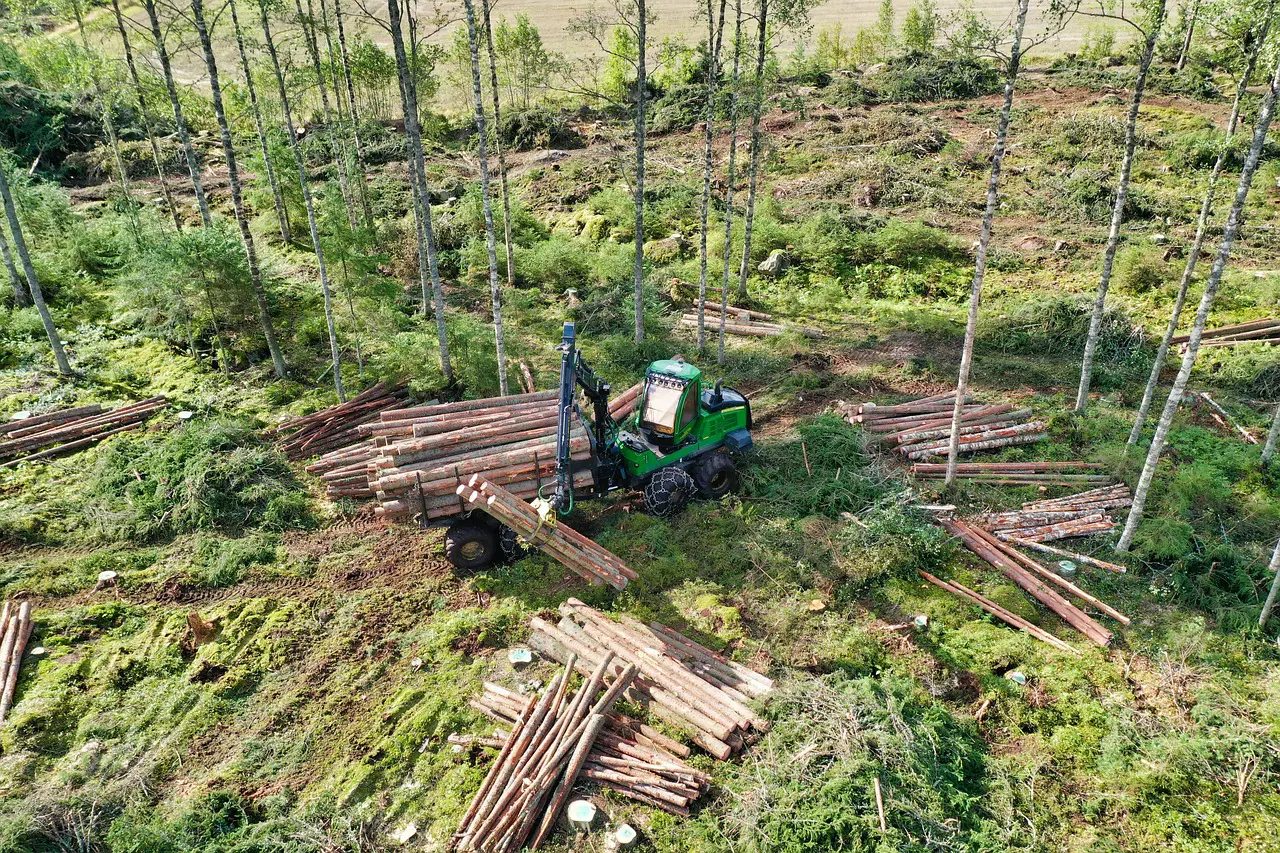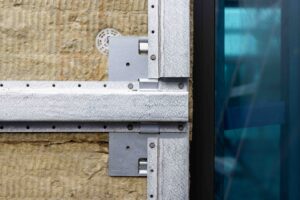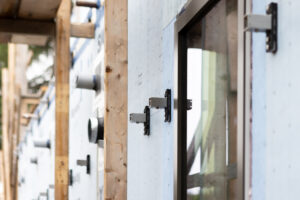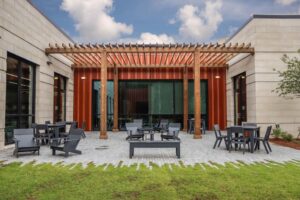Content Type:
Trends
Project Type:
Building
System Name:
-
Installation:
Exterior
As the construction industry evolves, the debate between using mass timber or steel as primary materials has intensified. This conversation extends beyond aesthetics and cost, delving into sustainability, safety, and long-term environmental impact. Let’s discuss the key differences between the two building materials, with a particular focus on carbon capture, energy consumption, and fire safety standards. We’ll draw insights from the ‘London Fire’ and California’s rigorous fire testing protocols.
Carbon Capture and Energy Consumption
One of the most significant advantages of mass timber is its role in carbon capture. Trees absorb carbon dioxide as they grow, sequestering carbon within their fibers. When these trees are harvested and used in construction as mass timber, this captured carbon remains locked in the material for the life of the building, offering a carbon-negative footprint. Additionally, the production of mass timber typically requires less energy compared to steel, as it doesn’t involve the high temperatures and extensive processes needed to create steel from iron ore.
Steel, while being an incredibly durable and recyclable material, is energy-intensive to produce. The steel manufacturing process generates significant carbon emissions, contributing to its larger carbon footprint. However, steels durability and recyclability mean that it can be reused and repurposed indefinitely, reducing the need for new raw material extraction[1].
Hemmati M, Messadi T, Gu H, Seddelmeyer J, Hemmati M. Comparison of Embodied Carbon Footprint of a Mass Timber Building Structure with a Steel Equivalent. Buildings. 2024; 14(5):1276. https://doi.org/10.3390/buildings14051276
Fire Safety
A critical concern with mass timber is its performance under fire conditions. When engineered properly, mass timber will char on the outside when exposed to fire, creating an insulating layer that slows down the fires spread to the interior. This charring can delay structural failure, offering time for evacuation. The burn rate is relatively predictable as well, usually around 0.6 to 1.0mm per minute. This allows engineers to design structures that maintain their integrity during a fire for a specified period.
California is known for its strict building codes due to its wildfire-prone environment, and so has implemented stringent fire testing protocols for mass timber. These tests assess how the material behaves under extreme heat and fire exposure, ensuring it meets safety standards. Innovations in fire-resistant treatments and the use of cross-laminated timber (CLT) have further enhanced the fire performance of mass timber buildings. The ASTM E119 fire test exposes building elements to controlled fire conditions to measure their fire-test response, providing a standard for comparing different materials. However, the test conditions do not represent all possible fire scenarios, and variations in construction can affect outcomes, requiring further evaluation for real-world application. Mass timber elements have successfully passed these tests, achieving fire-resistance ratings of three hours or more.
Steel is non-combustible, making it inherently fire-resistant. However, under extreme heat, such as in a fire, steel can lose its structural integrity and weaken. The tragic Grenfell Tower Fire in London highlighted the dangers of flammable building materials. It underscored the need for rigorous fire testing and safety standards for all building materials. It prompted further examination of how steel structures perform under fire conditions, particularly when combined with other materials like cladding. To enhance fire safety, steel frames are often coated with fire-resistant materials or encased in concrete, which protects them from direct exposure to high temperatures.
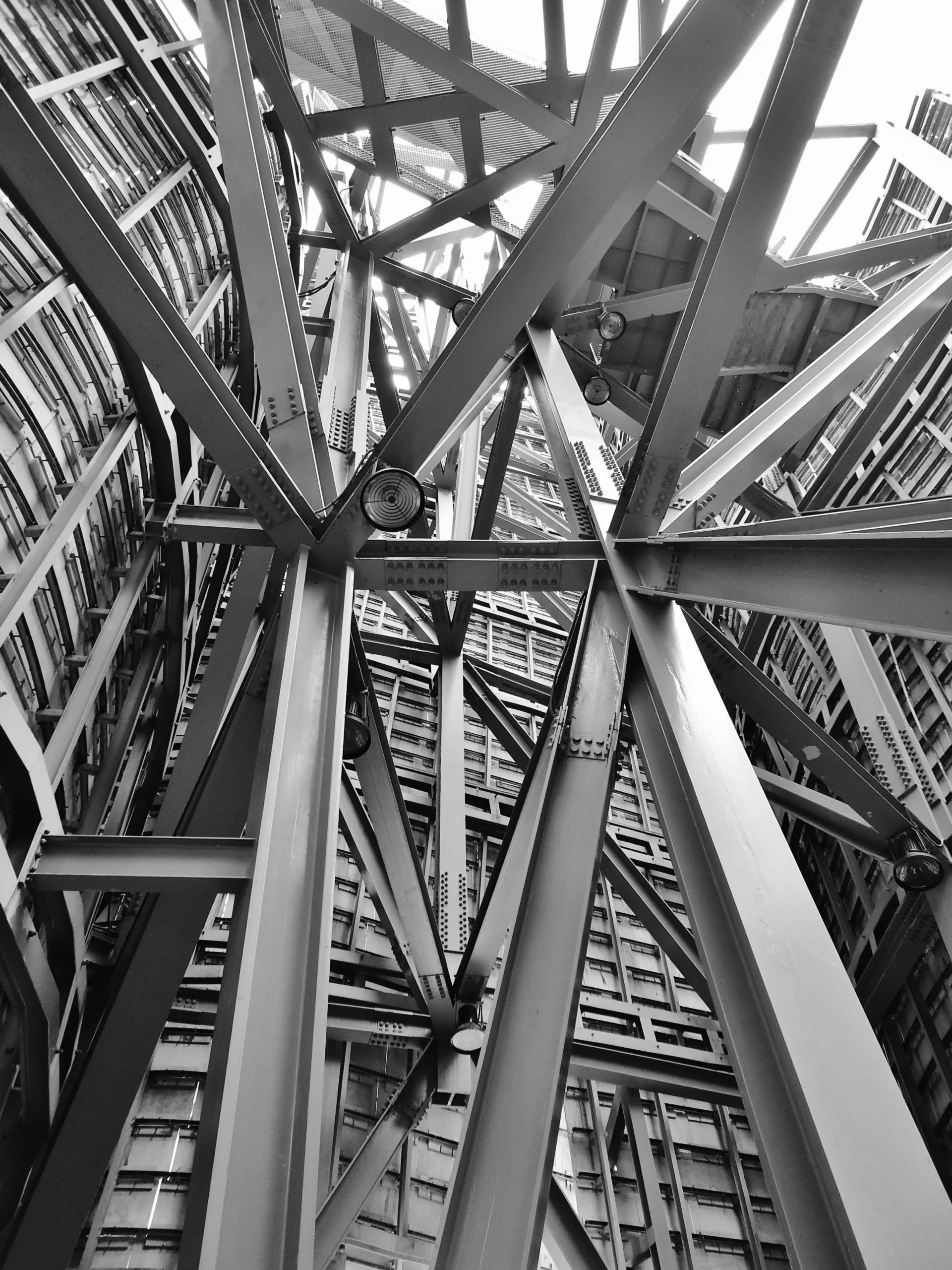
Cladding
Aluminum cladding offers a non-combustible exterior option that enhances the fire safety of buildings. Unlike wood, aluminum does not ignite or contribute to the spread of fire, making it a preferred choice in high-risk areas. The Grenfell Tower Fire brought attention to the importance of the material composition of aluminum cladding systems, particularly the need to avoid flammable cores or insulation materials that can compromise overall safety.
When paired with mass timber or steel structures, aluminum cladding provides a protective layer that can help contain a fire and prevent it from reaching the structural core. Innovations in cladding design now allow for aluminum to mimic the appearance of wood, combining the aesthetic appeal of wood with the safety benefits of metal.
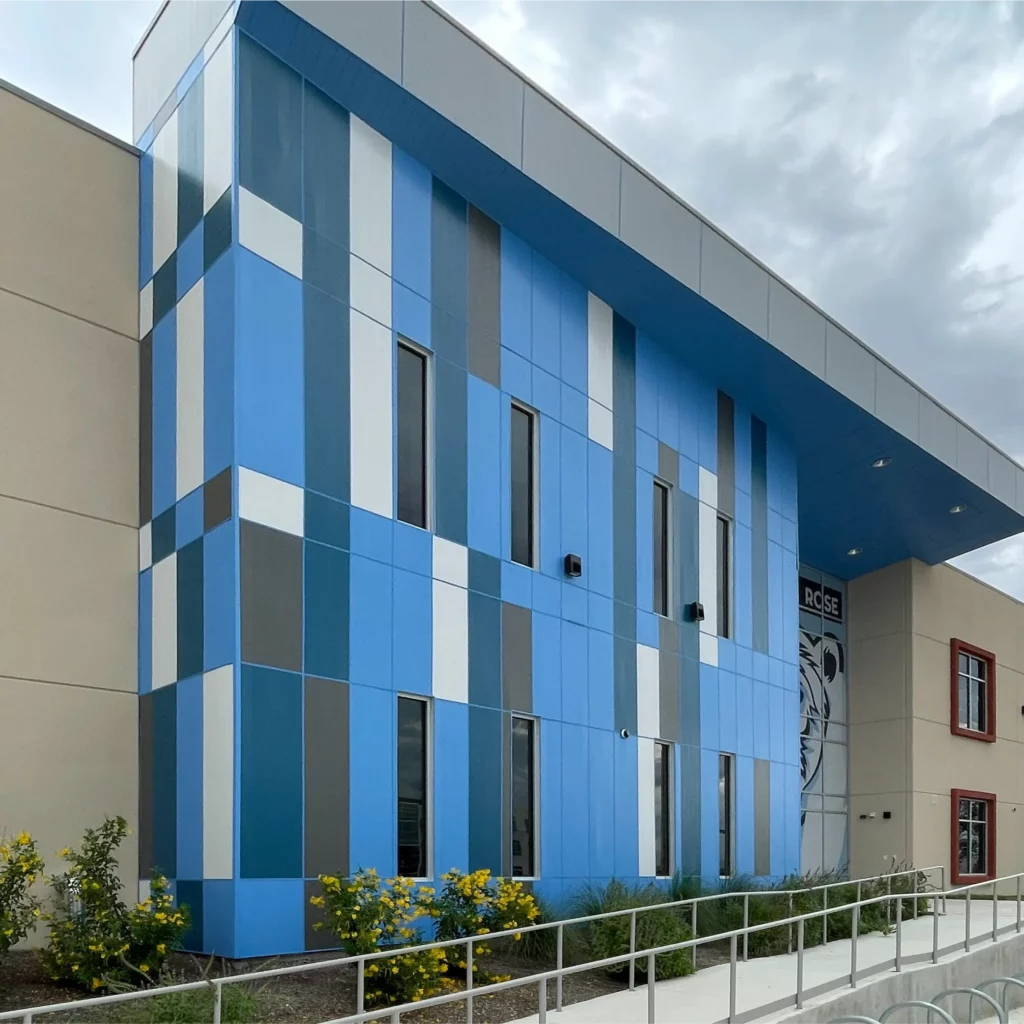
When selecting between mass timber and steel, the decision often hinges on budget and the specific requirements of the project, including sustainability goals, fire safety standards, and energy efficiency. Mass timber offers a sustainable and energy efficient alternative with growing acceptance in fire-prone regions thanks to fire safety technology. Steel is unmatched in durability and recyclability, and thus remains a staple in construction, especially in regions where fire resistance is paramount.
Both materials have their strengths and challenges, but when combined with innovative solutions they can contribute to safer, more sustainable, and aesthetically pleasing buildings. As the industry continues to innovate, the choice between mass timber and steel will likely become less about competition and more about integration, creating hybrid structures that leverage the best of both worlds.

